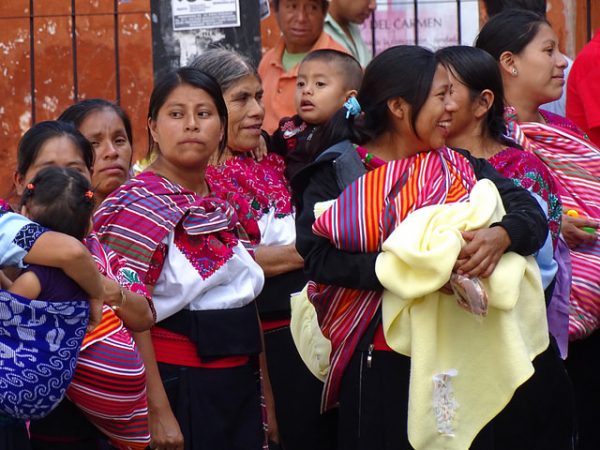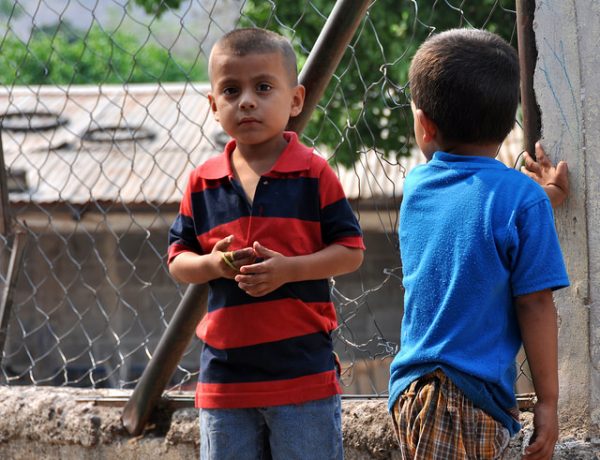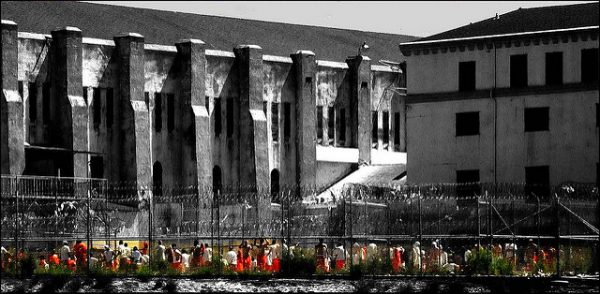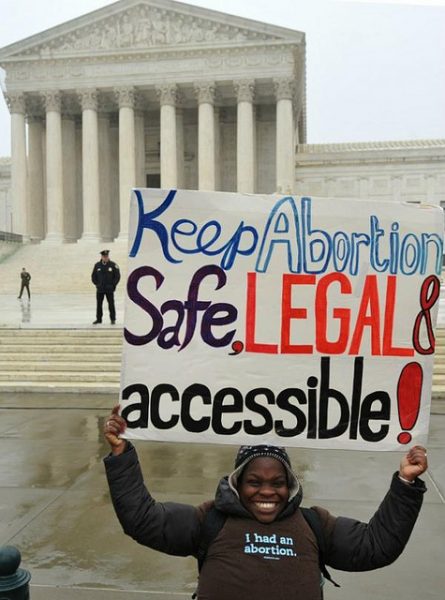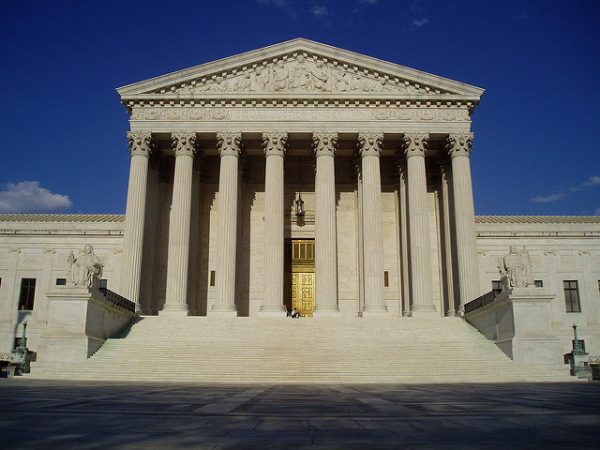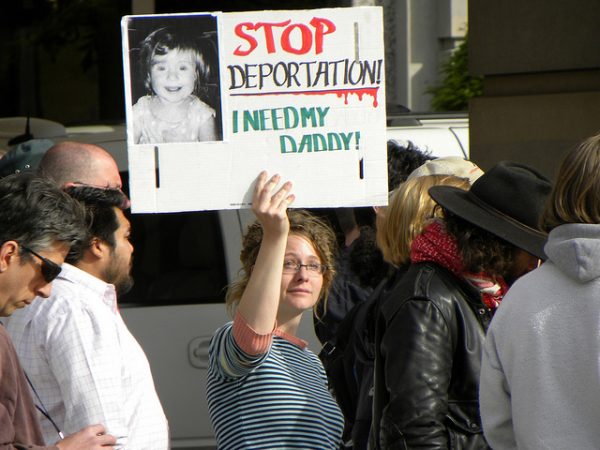
This post was created in collaboration with the Minnesota Journalism Center.
“A Way Out of the Immigration Crisis.” “Like it or Not, Immigrant Children are Our Future.” “Trump Talks Tough on Immigration in Nevada but it Could Backfire.”
All three of these news headlines were published by mainstream news outlets in the United States in September 2018. All three portray immigration in a negative light. While much news and media coverage across the globe portrays immigration negatively, researchers who study this area also identify media outlets that include more positive coverage.
One thing scholars have found is that immigration coverage has increased rapidly since 2004. In U.S. coverage, there is a heavy focus on “immigration reform” and “tougher border control” as solutions to the immigration “problem.” Across the pond in the United Kingdom, polls have ranked immigration as one of citizens’ top concerns, with coverage of immigration being overwhelmingly negative and centered on conflict through utilization of crime frames and discussion of immigrants as “illegal” or “failed.”
- Sei-hill Kim, John P. Carvalho, Andrew G. Davis, and Amanda M. Mullins. 2011. “The View of the Border: News Framing of the Definition, Causes, and Solutions to Illegal Immigration.” Mass Communication and Society 14(3): 292–314.
- David Smith and David Deacon. 2018. “Immigration and the British News Media: Continuity or Change?” Sociology Compass 12(9): 1-13.
- Jakob-Moritz Eberl, Christine E. Meltzer, Tobias Heidenreich, Beatrice Herrero, Nora Theorin, Fabienne Lind, Rosa Berganza, Hajo G. Boomgaarden, Christian Schemer, and Jesper Strömbäck. 2018. “The European Media Discourse on Immigration and its Effects: a Literature Review.” Annals of the International Communication Association 42(3): 207–223.
But not all publications discuss immigration in the same way. For example, scholars have found that African-American media outlets publish immigration stories with racial frames that depict immigrants as allies, while other major mainstream media outlets frequently utilize crime frames that discuss the legal status of immigrants.
- Irene Browne, Natalie Delia Deckard, and Cassaundra Rodriguez. 2016. “Different Game, Different Frame?: Black Counterdiscourses and Depictions of Immigration in Atlanta’s African-American and Mainstream Press.” The Sociological Quarterly 57(3): 520–543.
Research also shows suggests that the conflict-oriented news coverage of immigration contributes to polarized public opinions about immigration policies in digital spaces as well as comment sections of mainstream news sites. Conversely, social and mobile media in Australia has been used as a platform for asylum-seekers in detention to share their experiences with the public directly. Journalists and citizens alike have collaborated with detained asylum-seekers to create journalistic narratives that raise awareness of human rights violations unfolding in offshore detainment centers. Though not embraced by all consumers, such stories about immigration appear to cultivate expressions of empathy from audiences.
- Giovanna Dell’Orto and Vicki L. Birchfield (Eds.). 2013. Reporting at the Southern Borders: Journalism and Public Debates on Immigration in the US and the EU. New York: Routledge.
- Marijn van Klingeren, Hajo G. Boomgaarden, and Claes de Vreese. 2017. “Will Conflict Tear Us Apart? The Effects of Conflict and Valenced Media Messages on Polarizing Attitudes Toward EU Immigration and Border Control.” Public Opinion Quarterly 81(2): 543–563.
- Maria Rae, Rosa Holman, and Amy Nethery. 2018. “Self-represented Witnessing: The Use of Social Media by Asylum Seekers in Australia’s Offshore Immigration Detention Centres.” Media, Culture & Society 40(4): 479–495.

